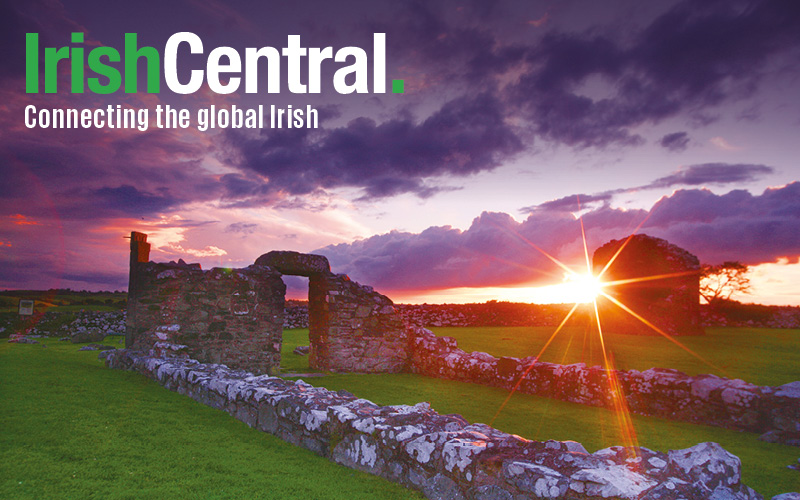Tourism Ireland, the country’s official tourism body, is anticipating a banner year for 2015. They aim to welcome 7.74 million visitors to the island of Ireland next year, with an expected revenue of close to $5 billion (€4 billion). This would break the current record, set in 2007, and would mark a 6% growth from this year’s tourism total, which is on track to reach 7.3 million. Over 1 million of those visitors came from North America.
A record breaking 2015 would also be a positive milestone on Ireland’s journey towards its goal of 10 million visitors a year by 2025 – more than twice the current population of the Republic of Ireland, 4.58 million, and almost four million more than population of the island of Ireland, 6.38 million.
The goal of 10 million visitors would bring $6 billion to the Irish economy and sustain approximately 250,000 jobs.
As Tourism Ireland works to draw a record number of visitors to the Emerald Isle next year, it will pay special attention to “best prospect” tourists, from North America, the UK and Europe, in addition to markets showing great potential, such as India and China. They announced their 2015 marketing plans yesterday at an event in Dublin.
The “Jump into Ireland” ad campaign will feature globally on TV and online, and the organization will be working to promote popular new tourist attractions, like the Wild Atlantic Way and the Dubline (Dublin Discovery Trail) as well as upcoming highlights, including 150 years since the birth of poet and Nobel laureate William Butler Yeats (born in Dublin and raised in Sligo), and the Irish Year of Design (ID2015), which will celebrate Irish design and designers.
Speaking at the unveiling of the 2015 plans, Minister for Tourism Paschal Donohue said:
"The international tourism marketplace is a competitive one, so it is crucial that we show no signs of complacency where the increase in our overseas visitor numbers is concerned.
"We must continue to identify the most effective ways to attract tourists to Ireland, so that we can support the jobs we have in the sector and help create new ones in the future."




Comments